While there’s no official (or even in-universe) connection between the Dark Kingdom and the Black Moon, Ms. Takeuchi continued reaching back into her roots in mineralogy and family history in gemstones when naming the members of the Black Moon Clan. But things aren’t exactly so clear cut with the Ayakashi Sisters. So what, exactly, is the mythological background behind Rubeus’ four underlings?
The term ayakashi itself has caused a lot of problems for the myriad of Sailor Moon’s English translations. They’ve been known as the:
- Negamoon Sisters (DiC; rewritten and obviously wrong);
- Sisters of Deception (Mixx/TokyoPop; localized and no real connection);
- Specter Sisters (Kodansha; closer to the meaning, but missing nuance); and
- Phantom Sisters (ADV; close again, but missing nuance)
Before going into the Japanese nuance behind the name, I decided to take a look at how other languages have handled this, since it can be interesting to see how other translators have approached this nuanced problem, even though it means we need to bounce between multiple languages.
Both French1 and Italian2 translations left the word ayakashi as-is, which isn’t always a bad option for cultural phenomena that don’t translate easily.
This isn’t always a bad approach, but I think it robs the audience of context and they may misinterpret ayakashi as a proper noun without any meaning.
The Spanish3 translations differed in Latin American and Spain, referring to them as the “Las Cuatro Hermanas de la Persecución” (the Four Sisters of Persecution) and “Las Cuatro Hermanas de la Maldad” (the Four Sisters of Evil) respectively. Sadly, it looks like they decided to simply ignore ayakashi altogether.
For the sake of completeness, I also looked up the Chinese4 translation, which appears to have been first aired in Hong Kong, and then followed by Taiwan. The Chinese name is 魔界四姊妹, which would translate to the “Four Devil Sisters.” I think this is closer to what Ms. Takeuchi was looking for, but still a bit off.
So now that we got all that out of the way, what exactly is an ayakashi and how does it tie in thematically with the sisters and their role within the Black Moon Clan?
The short answer is that “even Japanese people aren’t sure.” The long answer is that “what an ayakashi is depends on when, where, and to whom you ask that question.” Fortunately for us, though, Zack Davisson’s fantastic site on Japanese yokai 5 provides us with a nice write up. According to his research:6
In its most basic usage, ayakashi is a general term for yokai that appear above the surface of the water, and can be translated as “strange phenomenon of the sea.” … So ayakashi are yokai that haunt the boundary between the ocean and the air, instead of sea monsters swimming in the dark depths.
This is particularly fitting, when you considering that the Black Moon arc focused heavily on the supernatural – e.g., with references to water dousing, spirit mediums, rumors of UFOs, and more.
Most relevant to our research into the four sisters is the story that originated in Chiba, which borders Tokyo to the east.
According to a ghost story collection dating back to the Edo period,7 during a long voyage at sea, a captain brought his ship ashore in order to restock their fresh water reserves. Upon coming ashore, the sailors are approached by a beautiful young woman carrying several buckets. When the sailors inquire into where she got the water from, she tells them there’s a well nearby and that she’d happily give them her water.
The captain responds quickly that there is no well in that direction and declares the woman an ayakashi – a demon which takes the form of a beautiful woman to lure sailors to their doom. He quickly orders the boat back to sea and, upon looking back, sees the woman chase after the ship and bite into its hull. He beats her off with an oar and the crew is saved.
If you were to ask me, I feel like this is probably the image that Ms. Takeuchi intended to illicit when she was referring to the Four Ayakashi Sisters. The image works especially well in the anime, where they take up 20th century identities in order to gain the trust of the unwitting public.
Now that we’ve got all this background out of the way, I can probably guess what your next question is: “So, smarty pants translator, what do YOU suggest as a translation for ayakashi then?”
Of all the (official) English translations to date, I think “Specter Sisters” and “Phantom Sisters” are both pretty close, but I think they both fail significantly in keeping any of the nuance. Specters and Phantoms feel to me more like synonyms for “ghost,” and phantom is especially bad because it improperly implies a direct connection with Wiseman – i.e., Death Phantom.8
Keeping more in line with the “shape-shifting in order to lure men to their doom” angle, I feel that “Siren Sisters” sounds decent, with succubus or banshee serving as other good alternatives. But since these all have their own images and history associated with them for western audiences, I would probably have resorted to “Enchantress Sisters” or “Temptress Sisters” to err on the side of caution.
That’s what I think, at least. But what about you? As the end consumers of the anime and manga, I’d love to hear what other people think about how they prefer to have Japanese media translated. Do you prefer to have the Japanese nuance left as-is and for you to research, or have a close alternative used instead, at the risk of losing some nuance?
References:
- Les sœurs Ayakashi; see The Black Moon Clan in French (Wikipedia) ↩
- Le Sorelle Ayakashi; see The Black Moon Clan in Italian (Wikipedia) ↩
- See The Black Moon Family in Spanish (Wikipedia) ↩
- See List of Sailor Moon Characters in Chinese (Wikipedia) ↩
- See Hyakumonogatari Kaidankai ↩
- See What Does Ayakashi Mean in English? ↩
- See Ayakashi (Yokai) (Wikipedia) ↩
- If you think this is needlessly pedantic, you’re probably right. But part of being a translator is being absolutely obsessed with the most unimportant detail… because one out of every 100 times, it will be important. ↩
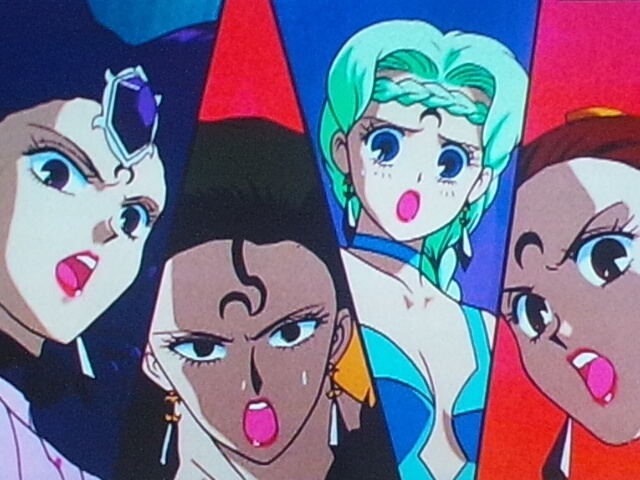
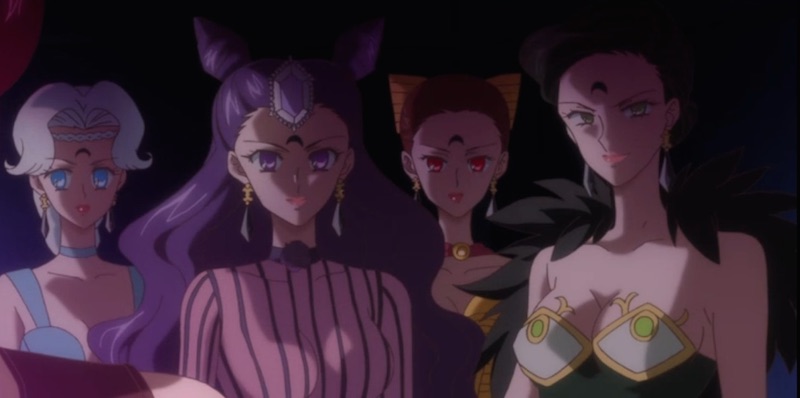
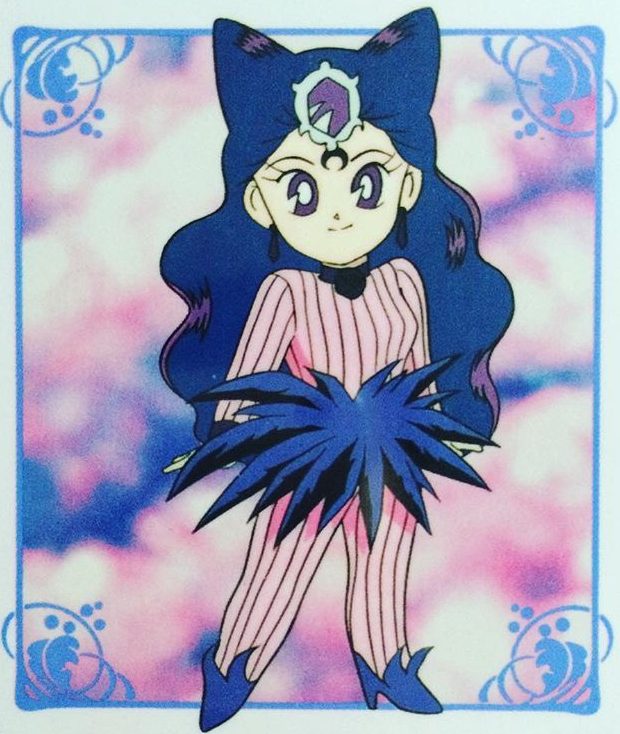
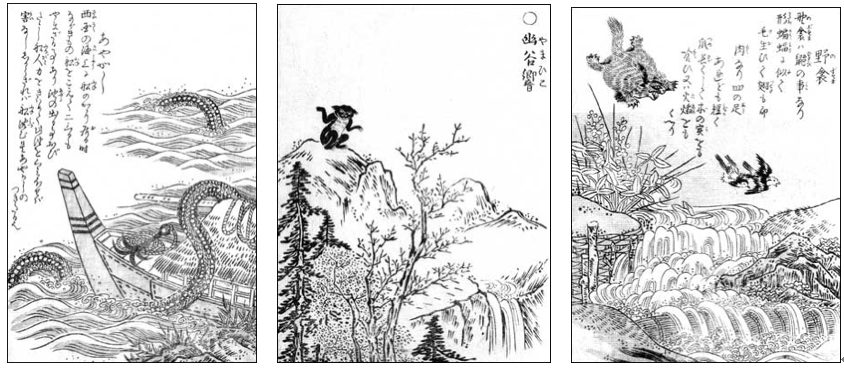
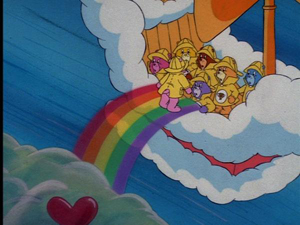
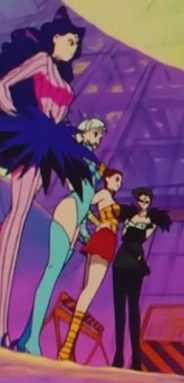

Actually, what you say about France and Italy keeping the Japanese surname is true for the manga and Crystal, but not for the old anime: if you pay more attention to the Wikipedia pages you’ve linked, you’ll notice that they’re respectively known as “Sœurs Spectre” (“Spectre Sisters”) and “Quattro sorelle persecutrici” (“Four persecutor sisters”), making it a definition rather than a surname – surnames don’t seem to esist in the universe of the Italian dub, though, so that’s pretty logic. Just to be nitpicky (me too ;P)
Huh, I didn’t notice that… thanks for pointing this out! Outside of English and Japanese, my language skills are pretty pathetic.
I didn’t have much time to read up on this, but after reading into the French, Spanish, and Italian translations, it looks like they may have been based off of each other, rather than each independently going back to translate from Japanese. If you happen to have any info on any of this, I’d love to hear about it!
Speaking of translations, are you referring to the manga or to the anime? In the case, I’m answering about both with what I know – which isn’t much. I’m pretty sure that the various translations of the manga are all independent, according to the credits, not to mention the fact that they present great differences one between the other (actually, I can prove this only for the Italian and French versions, these being the only ones that I’ve read and I’m able to do). In general, pretty much all countries have got two different versions of the manga, one based off the first 18-volume edition and the other one based off the shinsoban re-release: they’ve also all got in common the fact that that the first one usually sticks to the dub of the anime in terms of characters’ names, transformation phrases and attacks, while the second is more loyal to the original and leaves those sentences in English. France was the first country to publish its edition of the original manga and Italy did so with the shinsoban, and the kanzenban edition has been announced to set off some time during this year. With Crystal it’s pretty much the same, every dub is independent, though the series is still running in Italy (Act 20 premiered this morning), so nothing’s not definitive yet; again, I’ve watched it only in Italian and French, so I can be sure about those versions only. Just like the manga re-releases, Crystal dubs tend to be much loyal to the original (though I’ve read that they’ve censored Uranus’ kiss to SM in Portugal), tough this time transformations and attacks are translated; they’re so loyal to the point that many countries have simply used a cover of Moon Pride as the opening instead of composing their own song :/ However, I can say that both in the Italian and in the French dubs there are many throwbacks to the adaptation of the old anime.
And now, speaking of that (which I think is what you were interested in knowing), I can be fairly sure that each version was adapted from Japanese, but then took some inspiration from other Western dubs, manily the French one, it being the very first to premier. I’m basing this assumption on the fact that all the names credited for the translation pertain to people that are known for translating and adapting various shows directly from Japanese, moreover, if a dub were based on another one rather than on the original, it would be known, just as it is known that the Hungarian one is based on the French one, that the Dutch one is based on the German one and that the Mexican Spanish and Brazilian Portuguese ones where both based on the English dub. I’m not sure about others, but all the main European dubs – French, German, Italian, Spanish, Portuguese, Swedish, Greek – were directly translated from Japanese, and so was the Brazilian redub, from what I know. However, it is true that many of them took some ideas from the French adaptation, especially using “Bunny” as the name of the main character; moreover, the most important fact to support my thesis is that France has never imported or aired the fifth season, which didn’t imply anything for the other countries – and the names involved in the translation were still the same. If you’re interested in knowing the funny ways they used to hide the Starlights’ gender swap, just ask XD
Wow… talk about in-depth! Thanks for taking the time to answer this with so much detail. It’s pretty fascinating to read about how the translations were dealt with in other countries.
As for the Starlights, now you definitely have my attention. =p How DID they deal with that little detail?
It looks like Xenox33 has answered beofre me 🙂 What he/she says is exact, in the Italian dub the Three Lights are male and, instead of transforming, they invoke their astral twins, the Starlights. It’s crazy indeed, but it’s surely the most creative excuse anyone has ever come up with, since other dubs, such as the German one, simply prenteded that the Starlights were still male against every visual evidence 😛 Anyway, the Italian dub of Sailor Stars may have exaggerated with censorship, but it did give us this wonderful opening <3: https://www.youtube.com/watch?v=3LGdVbhfBpE
There was no brazilian redub, just a whole different cast for R season onwards.
And the brazilian and mexican dubs just happened to have borrowed some terminology from the DiC translation, but were based on the uncut version. The mexicans used the original japanese audio to produce their dub, and the brazilians used the mexican one.
And about the anime international translations seeming to have a connection, there’s a reasonable explanation to that: Toei used to provide scripts awfully translated into english, which often had line gaps and the voice actors and translator teams had to improvise when they couldn’t count on a japanese translator.
And interestingly, Rei accidentally called Usagi “Bunny” in the latin american dub of an episode (she was named Serena in that dub). I believe these english scripts sent in by Toei had “Usagi” automatically translated as “Bunny”, and in this instance the mexican studio forgot to replace it. 😛
I really wish we could somehow find these awful Toei scripts some day. That’d be amazing to see what they thought about writing the story in English, though I’m betting it was probably just a direct translation.
Yeah, it was indeed a direct translation.
The swedish ADR director was the one who told how poor it was.
Apparently the swedish team wasn’t willing to correct it and fill the gaps as much, because there were lots of translation mistakes (“Ami Muzino”, “Sailor Mars” being called “Mercury” by Moon sometimes) and empty lines.
I bet these scripts are still sent in by Toei to dubbing studios to this date, since versions like the hebrew dub (2011) were translated by english translators and all OPs and EDs only had dubbed versions because a fan provided them english translations.
Toei only sent in lyric translations for M Densetsu and H Moving!
It’s a bit of a weird situation. If they ONLY provided the English translation and no Japanese text, then that’s a horrible way to do business.
However, if Toei provided the Japanese and just gave the English as sort of a reference “Hey, this is what Sailor Moon is about,” I think it’s fine.
Whenever you’re licensing content, it’s 100% the job of the licensee to translate it. That’s part of the risk that you take, paying translation costs, etc.
They probably sent in the japanese text too.
But the truth is that Japanese translators were a rare gem in western dubbing studios back in the 90. The few select ones that are in the market today started being hired after the first anime boom.
The French version of Dragon Ball used as the source for most European dubs exemplifies that well. There wasn’t a need for Japanese translators in the dubbing studios before anime was a thing.
Wow… love this! Thanks for providing this information. It’s great to hear about how the series was localized in other languages.
I think I heard about that one. Wasn’t it the Italian version that went the completely absurd route of pretending to have the male Three Lights switch places with their sisters when they transformed into the Starlights? Or was that another country?
You know, I vaguely remember hearing about that a long time ago. After doing a quick search online, yep! It looks like this insanity took place in the Italian dub (Wikipedia). That is… absolutely insane. =p
And that was done for the entirety of… one episode. ONE. Yes, it’s ridiculous.
Actually, I just came from a dubbing workshop here in Brazil.
The woman that translated anime like Hamtaro and Corrector Yui mentioned how awful were the english scripts sent in by the Japanese.
Anyway, if the company’s proposal is to send a english translation in case the studio doesn’t have a Japanese translator (like the brazilian studio behind Hamtaro and Corrector Yui), the translation is supposed to be reliable. It’s still their product and they want it to be successful worldwide.
Hmm, I can totally see what you’re saying – and maybe from the Brazilian point of view this is correct – but that’s not the way Japanese companies look at it when licensing products.
If the licensee does not have a translator, then they should either (i) not license the series; (ii) rewrite the series; or (iii) find a translator.
In modern times things are a little different and Japanese companies are starting to take notice of how their brands are being marketed around the world, but that’s only a recent phenomenon. In America, up through the early 2000s, it wasn’t uncommon for series to be totally rewritten. Voltron, Robotech, Sailor Moon, Dragonball, Card Captors, etc. are all really good examples of this. The Japanese company gave them the rights to the series, and whatever the American company decides to do with it is totally their business.
Most Japanese animation studies aren’t equipped to do proper translation, so I imagine they just threw it together half-heartedly. In fact, the translations were probably based on the scripts (and not spoken dialogue), which would explain why some lines were missing.
I think “Enchantress Sisters” does have a nice ring to it.
It does a good job at catching the older, attractive woman feel I think they were going for.
Even though I know it’s wrong, I really like the idea of “Kraken Sisters.” If nothing else, it gives off a sea monster vibe.
I like the idea of “Siren Sisters” that you initially suggested.You can play and associate a siren’s call with so many things in the storyline, it might actually work well. But, without this article, I would have wondered where a name like that wouldn’t have come from.
Actually, I’d probably go with the Fata Morgana sisters. You get both the sense of mirage or illusion, coupled with the reference to Morgan Le Fay and all her sinister aspect, plus “fata” sounds an awful lot like a fancy version of fate (Not at all related) which adds to the ominous tone.
While the fata morgana is a mirage and not a monster that carries imminent threat, it does convey the concept of a supernatural trap designed to kill unwitting sailors.
Based on your description of the Japanese, I’ll say I’m pretty okay with the Chinese translation as 魔界四姐妹. A Google translate of the first two characters 魔界 (mojie) might give you “devil,” but it’s actually a term for “the world in which spirits / devils / demons / not-nice mystical creatures abide.”
To break it down:
jie 界 is the character for a world / land / territory (the word for the world as in “our entire world” has this character)
魔 mo is the same second character you find in the Japanese youma, meaning a spirit / demon / goblin / whatever mischevious supernatural creature.
四姐妹 is just “Four Sisters.”
So the Four Sisters from the World of the Supernatural Baddies/Mischievous-es, and it’ll evoke similar sentiments of vagueness among if you ask what a creature from a 魔界 is supposed to be like as what you’d been getting for the Japanese. Probably not exact, but Japan’s an island and bound to have a lot more in water spirits and interactions with water than mainland Chinese lore…